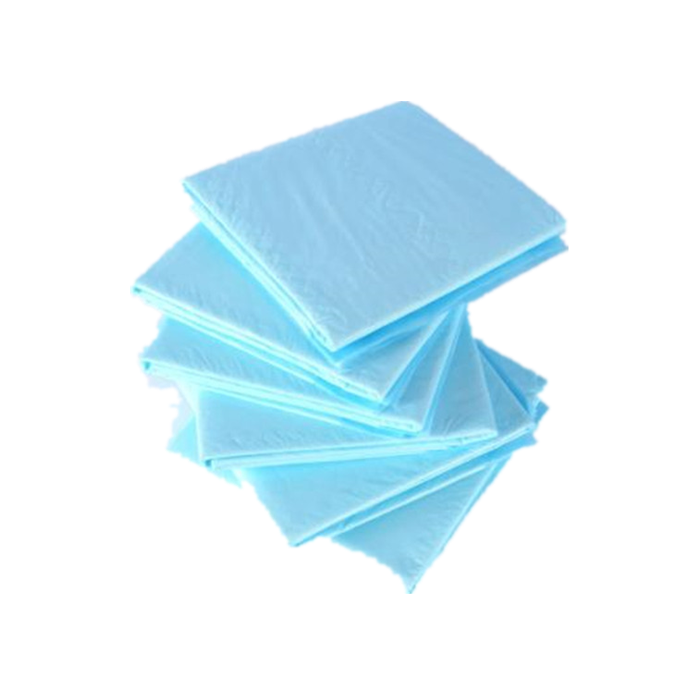When it comes to maintaining comfort, hygiene, and protection for your mattress, furniture, or even medical bedding, choosing the right under pad is crucial. Under pads, also known as mattress protectors or incontinence pads, serve multiple purposes—from preventing spills and stains to offering additional cushioning and support.
With so many options available, selecting the best under pad can be overwhelming. This comprehensive guide will walk you through everything you need to know—types of under pads, key features to consider, and top recommendations—so you can make an informed decision based on your specific needs.
What Is an Under Pad?
An under pad is a protective layer placed beneath sheets or directly on a mattress, chair, or other surfaces to absorb liquids, reduce friction, and enhance comfort. They are commonly used in:
- Home bedding – To protect mattresses from spills, sweat, or allergens.
- Medical and elderly care – For incontinence management and pressure sore prevention.
- Hospitality industry – In hotels and care facilities to maintain hygiene.
- Pet owners – To safeguard furniture from pet accidents.
Now, let’s explore the different types of under pads available.
Types of Under Pads
1. Disposable Under Pads
Best for: Short-term use, travel, medical recovery, or pet training.
- Made from absorbent materials with a waterproof backing.
- Convenient for quick cleanup but less eco-friendly.
- Ideal for post-surgery, postpartum care, or temporary incontinence needs.
2. Reusable Under Pads
Best for: Long-term use, eco-conscious consumers, and budget-friendly options.
- Typically made from cotton, polyester, or bamboo with a waterproof layer.
- Machine washable and durable for repeated use.
- Great for bedridden patients, elderly care, or everyday mattress protection.
3. Waterproof Mattress Protectors
Best for: Allergy sufferers, kids, and those who want full mattress coverage.
- Fitted or flat designs that encase the mattress.
- Protects against spills, dust mites, and bed bugs.
- Often made from hypoallergenic materials like vinyl or polyurethane.
4. Quilted or Padded Under Pads
Best for: Extra comfort and pressure relief.
- Provides cushioning for those with joint pain or bedsores.
- Often used in hospitals or for elderly care.
- May include memory foam or gel-infused layers.
5. Incontinence Under Pads
Best for: Heavy absorbency needs.
- Designed to lock in moisture and prevent leaks.
- Available in different absorbency levels (light to heavy).
- Some feature odor-control technology.
- Light absorbency: Suitable for minor spills or sweat.
- Moderate absorbency: Good for nighttime incontinence.
- Heavy absorbency: Best for severe incontinence or medical use.
- Cotton: Breathable and soft but may require a waterproof layer.
- Polyester: Durable and quick-drying.
- Bamboo: Naturally antimicrobial and eco-friendly.
- Vinyl/Polyurethane: Fully waterproof but less breathable.
- Ensure the pad covers the necessary area (e.g., full mattress, wheelchair seat).
- Fitted protectors stay in place better than flat ones.
- Reusable pads should be machine-washable.
- Check if the waterproof layer degrades over time.
- Some waterproof pads can be noisy (e.g., vinyl).
- Look for “noiseless” or “breathable” options for better sleep comfort.
- Essential for allergy sufferers—choose dust mite-proof and antimicrobial options.
- Disposable pads are cheaper short-term but cost more over time.
- Reusable pads have a higher upfront cost but last longer.
- Waterproof, breathable, and noiseless.
- Ideal for allergy protection and everyday use.
- Highly absorbent with a quilted top for comfort.
- Reusable and machine-washable.
- Plush quilted design with cooling technology.
- Great for pressure relief.
- Super absorbent with a non-slip backing.
- Perfect for travel or post-surgery care.
- Sustainable, hypoallergenic, and ultra-soft.
- Excellent for sensitive skin.
- Disposable pads: Discard after use.
- Reusable pads: Wash in cold water, avoid bleach, and tumble dry on low.
- Waterproof protectors: Check manufacturer instructions—some may degrade with harsh detergents.
Key Factors to Consider When Choosing an Under Pad
1. Absorbency Level
2. Material & Comfort
3. Size & Fit
4. Washability & Durability
5. Noise & Breathability
6. Hypoallergenic Properties
7. Price & Value
Top Under Pad Recommendations
Best Overall: SafeRest Premium Hypoallergenic Mattress Protector
Best for Incontinence: Medline Soft-Flex Underpads
Best for Comfort: PureCare UltraSoft Mattress Pad
Best Disposable Option: Prevail Underpads
Best Eco-Friendly: Luna Premium Bamboo Mattress Protector
How to Care for Your Under Pad
Conclusion
Choosing the best under pad depends on your specific needs—whether it’s for incontinence protection, allergy prevention, or simply extending the life of your mattress. By considering absorbency, material, size, and durability, you can find the perfect under pad to keep your sleeping or sitting surface clean, dry, and comfortable.
Investing in a high-quality under pad not only enhances hygiene but also improves overall comfort, making it a worthwhile addition to any home or medical setting.
Post time: Jul-31-2025

